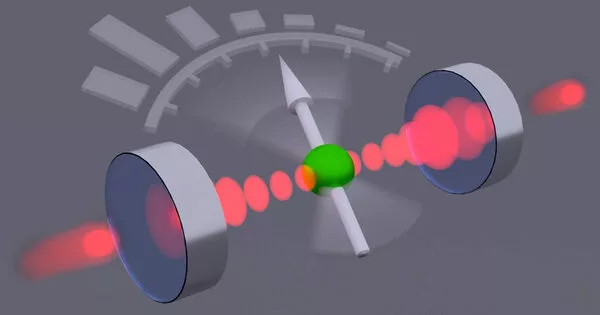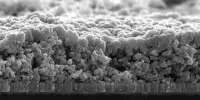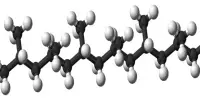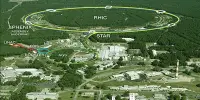Pushing the boundaries of quantum technologies to improve sensor precision, sensitivity, and capabilities is part of paving the way for advanced quantum sensors. Quantum sensors use quantum mechanics principles to achieve unprecedented levels of accuracy and sensitivity in measuring physical quantities.
Quantum physics has enabled the development of sensors with far greater precision than traditional devices. Several studies published in Nature show that entanglement produced by finite-range interactions can significantly improve the precision of these quantum sensors. This enhancement was demonstrated by Innsbruck researchers led by Christian Roos using entangled ion chains with up to 51 particles.
Metrological institutions all over the world keep track of time by using atomic clocks that are based on the natural oscillations of atoms. These clocks, which are critical for applications such as satellite navigation and data transfer, have recently been improved by using higher oscillation frequencies in optical atomic clocks. Scientists at the University of Innsbruck and the Austrian Academy of Sciences’ Institute of Quantum Optics and Quantum Information (IQOQI) led by Christian Roos have demonstrated how a specific method of creating entanglement can be used to improve the accuracy of measurements essential to the function of an optical atomic clock.
The interaction between neighboring particles decreases with the distance between the particles. Therefore, we used spin-exchange interactions to allow the system to behave more collectively.
Raphael Kaubrügger
Measurement error halved in the experiment
Observations of quantum systems are always subject to a certain statistical uncertainty. “This is due to the nature of the quantum world,” explains Johannes Franke from Christian Roos’ team. “Entanglement can help us reduce these errors.” With the support of theorist Ana Maria Rey from JILA in Boulder, USA, the Innsbruck physicists tested the measurement accuracy on an entangled ensemble of particles in the laboratory. The researchers used lasers to tune the interaction of ions lined up in a vacuum chamber and entangled them.
“The interaction between neighboring particles decreases with the distance between the particles. Therefore, we used spin-exchange interactions to allow the system to behave more collectively,” explains Raphael Kaubrügger from the Department of Theoretical Physics at the University of Innsbruck. Thus, all particles in the chain were entangled with each other and produced a so-called squeezed quantum state. Using this, the physicists were able to show that measurement errors can be roughly halved by entangling 51 ions in relation to individual particles. Previously, entanglement-enhanced sensing mainly relied on infinite interactions, limiting its applicability to only certain quantum platforms.
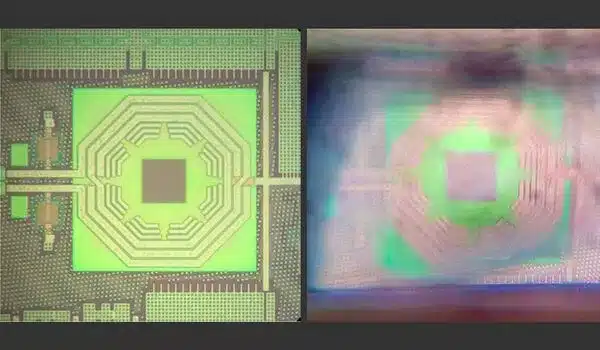
Even more accurate clocks
With their experiments, the Innsbruck quantum physicists were able to show that quantum entanglement makes sensors even more sensitive. “We used an optical transition in our experiments that is also employed in atomic clocks,” says Christian Roos. This technology could improve areas where atomic clocks are currently used, such as satellite-based navigation or data transfer. Moreover, these advanced clocks could open new possibilities in pursuits like the search for dark matter or the determination of time variations of fundamental constants.
Christian Roos and his team now want to test the new method in two-dimensional ion ensembles. The current results were published in the journal Nature. In the same issue, researchers published very similar results using neutral atoms. The research in Innsbruck was financially supported by the Austrian Science Fund FWF and the Federation of Austrian Industries Tyrol, among others. The research in Innsbruck was financially supported by the Austrian Science Fund FWF and the Federation of Austrian Industries Tyrol, among others.
